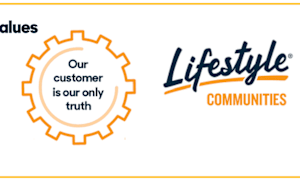Federal Government spending on aged care continues to grow, with a $24.8 billion outlay in 2021-22 – an increase of 4.9% over the previous year.
In its 2021–22 Report on the Operation of the Aged Care Act (1997), the Department of Health and Aged Care revealed that almost 59% of this aged care spending – a total of $14.6 billion – went to residential aged care, while $4.4 billion went to home care, $3.7 billion to basic home support, $700 million to flexible and short-term care, and $1.2 billion to other aged care.
Around 1.5 million people received some form of aged care over the course of the year, with most of these receiving home care – 818,228 accessed the Commonwealth Home Support Programme, while 261,314 received Home Care Packages; only 245,719 were in permanent residential aged care.
In her foreword, Aged Care Minister Anika Wells (pictured) said there was still “much to do” to improve aged care in Australia, including addressing the workforce crisis and the ongoing impact of COVID-19.
“The problems are significant; however, this Government is committed to rebuilding an aged care system which delivers the care that older Australians deserve and puts security, dignity, quality and humanity back into aged care. After a lifetime of contributing to their communities, older Australians deserve nothing less,” she said.
The Financial report on the Australian aged care sector 2020-21, released last month, found that residential aged care lost a total of $854 million – or an average of $12.38 per resident per day – in the 2021 financial year.










